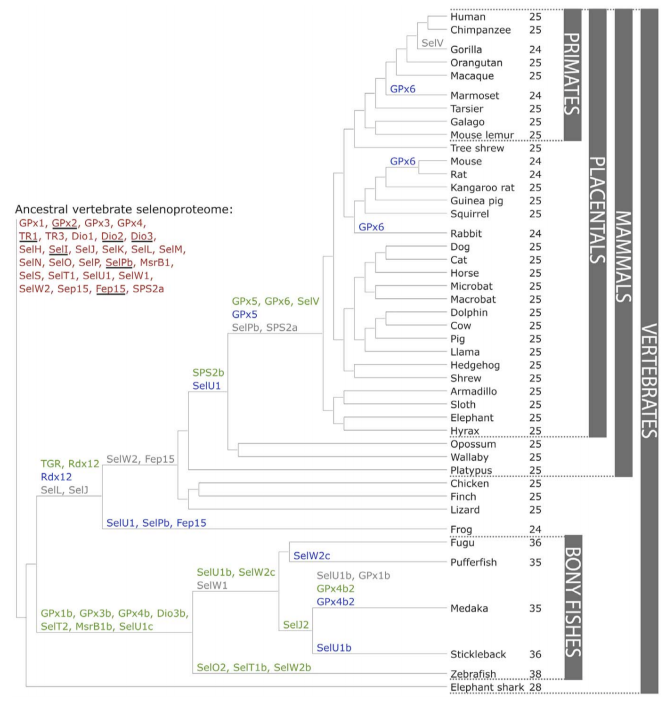INTRODUCTION: POGONA VITTICEPS1. The specie1.1 MorphologyPogona genre conforms a group of various species, the most studied Pogona vitticeps, commonly known as central (or inland) bearded dragon. It is a corpulent animal, with big head and dorsally flattened body, covered by scales of different sizes, shapes and colours -green, yellow, brown, grey-, which change of coloration in order to reflect their mood and for communicating and mating. The main feature of this reptile is its expandable beard with spins.
The adult male reaches 60cm length, but the female just 40cm. In fact, half of its length corresponds to the tail. It weighs 250-510g, lives up to 5-12 years and is a solitary specie which is rarely seen in groups.  Figure 1. Habitat of P. vitticeps Figure 1. Habitat of P. vitticeps1.2 HabitatP. vitticeps is a diurnal animal, terrestrial and semi-arboreal: they inhabit mostly dry and arid regions throughout Australia but spend some of their time in trees and meadows as well. In this habitat, there is little water and humidity, so they are prepared to survive in non-easy conditions. Nowadays they have become popular as exotic pets in many places around the world.
Like all endothermic animals, the bearded dragon thermoregulates itself to keep the body temperature constant through various mechanisms, for example moving to shaded areas out of the sun, burrow into the ground or opening its mouth to vent.
Due to the arid places where this reptile comes from, the central bearded dragon drinks little from the nature and obtains most of the liquid through the vegetation it eats. It is omnivore so will eat most things, mainly insects such as crickets but also spiders, worms and vegetation.
When winter comes, temperature goes down and light decreases, they come into a semi-hibernation state for 8 - 12 weeks which favors reproduction. The female will lay 10-25 eggs [1] [2] [3].
The karyotype of the central bearded dragon consists of 6 pairs of macrochromosomes and 10 pairs of microchromosomes, including the sex chromosomes. The genome has recently been sequenced and assembled into 545,310 sequence scaffolds [4].
In Figure 2 we observe the phylogeny of P. vitticeps. It is a tetrapoda amniota which is close to lizard and a bit more distant to H. sapiens.
|
